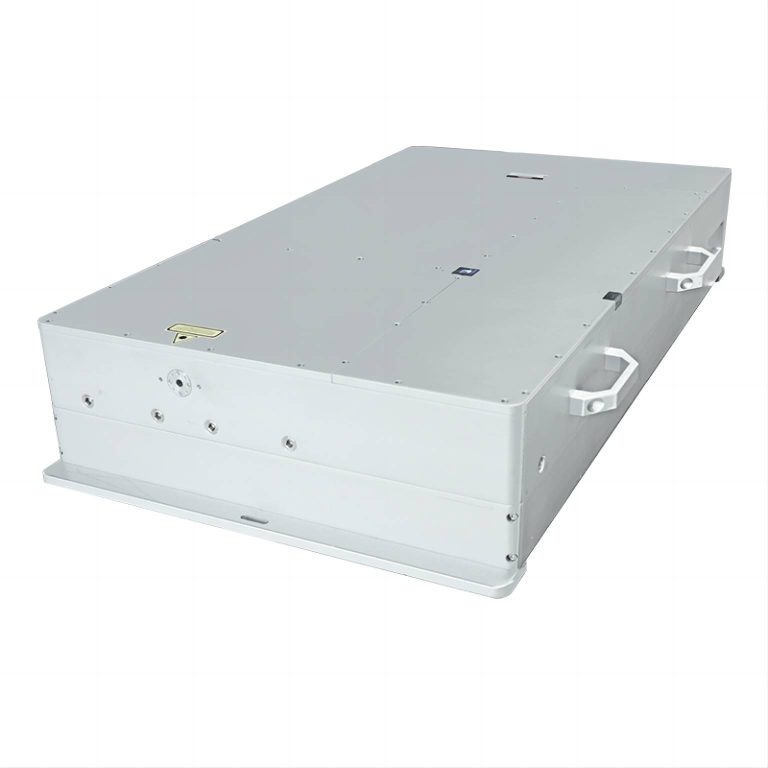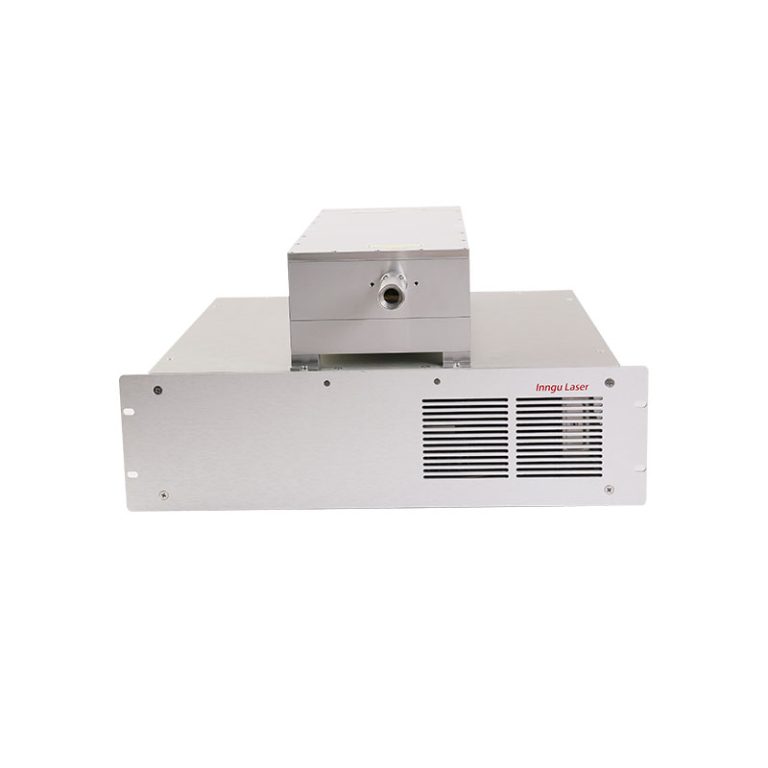Introduction:
In the vast landscape of laser technology, UV (Ultraviolet) lasers have emerged as powerful tools with diverse applications across various fields, ranging from scientific research to industrial manufacturing. Harnessing the unique properties of ultraviolet light, UV laser technology has revolutionized processes that require high precision, accuracy, and control. In this article, we will delve into the multifaceted role of UV laser technology, exploring its principles, applications, and contributions to advancements in science and industry.
Understanding UV Laser Technology:
UV lasers are a subset of laser systems that emit light in the ultraviolet spectrum, typically ranging from 100 to 400 nanometers in wavelength. These lasers operate on the same fundamental principles as other types of lasers, utilizing the stimulated emission of photons to generate coherent and monochromatic light. However, the shorter wavelength of UV light presents distinct advantages and challenges compared to visible or infrared lasers.
One of the primary advantages of UV laser technology is its ability to achieve extremely high spatial resolution and precision due to the short wavelength of ultraviolet light. This makes UV lasers invaluable tools for applications that require micron-level accuracy, such as microelectronics manufacturing, semiconductor processing, and high-resolution imaging.
Applications in Scientific Research:
In scientific research, UV laser technology plays a crucial role in various fields, including spectroscopy, microscopy, and molecular biology. UV lasers are commonly used in fluorescence microscopy to excite fluorophores and visualize cellular structures with exceptional clarity and resolution. Additionally, UV lasers are employed in spectroscopic techniques such as Raman spectroscopy and mass spectrometry for molecular analysis and identification.
Furthermore, UV laser technology has enabled groundbreaking discoveries in fields such as quantum physics and materials science. Researchers utilize UV lasers to manipulate and control atoms, ions, and molecules at the quantum level, paving the way for advancements in quantum computing, quantum cryptography, and quantum simulation.
Industrial Applications:
In the industrial sector, UV laser technology has become indispensable for a wide range of manufacturing processes, particularly those involving precision machining, marking, and micromachining. UV lasers are widely used in the fabrication of microelectronics, photovoltaic devices, and integrated circuits, where they enable the precise ablation, drilling, and patterning of materials such as silicon, glass, and ceramics.
Additionally, UV lasers are employed in the production of high-quality, durable markings on various materials, including metals, plastics, and ceramics. Laser marking systems utilizing UV lasers offer advantages such as high-speed operation, non-contact processing, and permanent, high-contrast marks that withstand harsh environmental conditions.
Advancements in UV Laser Technology:
Over the years, significant advancements have been made in UV laser technology, driven by ongoing research and development efforts aimed at improving performance, reliability, and efficiency. One notable advancement is the development of solid-state UV lasers, which offer compact, robust, and maintenance-free alternatives to traditional gas lasers.
Furthermore, advancements in diode-pumped UV lasers have led to higher output powers, improved beam quality, and increased reliability, making them ideal for demanding industrial applications. Additionally, developments in mode-locked UV lasers have enabled ultrafast pulse durations in the femtosecond and picosecond ranges, opening up new possibilities for precision micromachining and nonlinear optics.

The Evolution of UV Laser Technology in Medical Applications:
In addition to scientific research and industrial manufacturing, UV laser technology has also found valuable applications in the fields of medicine and healthcare. Medical professionals utilize UV lasers for a variety of diagnostic, therapeutic, and surgical procedures, leveraging their precision and versatility to improve patient outcomes and enhance treatment efficacy.
Diagnostic Applications:
In medical diagnostics, UV lasers are utilized in techniques such as fluorescence spectroscopy and imaging for the detection and characterization of biological molecules and tissues. By emitting light at specific wavelengths, UV lasers can excite fluorescent markers and labels, allowing for sensitive and selective detection of biomarkers associated with diseases such as cancer, autoimmune disorders, and infectious diseases.
UV lasers are also employed in techniques such as flow cytometry and DNA sequencing for the analysis and profiling of cells and genetic material. These technologies enable researchers and clinicians to study cellular function, identify disease biomarkers, and tailor personalized treatment strategies based on individual patient profiles.
Therapeutic and Surgical Applications:
In therapeutic and surgical applications, UV lasers offer precise and minimally invasive solutions for a wide range of medical conditions, including dermatological disorders, ophthalmic diseases, and cancerous lesions. Dermatologists utilize UV lasers for procedures such as laser skin resurfacing, acne treatment, and the removal of benign and malignant skin lesions.
In ophthalmology, UV lasers are employed for procedures such as LASIK (Laser-Assisted In Situ Keratomileusis) surgery and photorefractive keratectomy (PRK) to correct refractive errors and improve vision. Additionally, UV lasers are utilized in photodynamic therapy (PDT) for the treatment of certain types of cancer, where they activate photosensitizing agents to selectively destroy tumor cells while sparing surrounding healthy tissue.
Future Directions in Medical UV Laser Technology:
Looking ahead, the future of UV laser technology in medicine holds promise for further advancements and innovations, driven by ongoing research and development efforts aimed at improving performance, safety, and accessibility. Emerging trends such as minimally invasive surgery, targeted drug delivery, and personalized medicine are expected to drive demand for UV lasers with enhanced capabilities and versatility.
One area of active research is the development of compact, portable UV laser systems for point-of-care diagnostics and treatments in resource-limited settings. These portable devices could revolutionize healthcare delivery by enabling rapid and accurate diagnosis of infectious diseases, monitoring of chronic conditions, and the delivery of targeted therapies at the point of need.
Moreover, advancements in UV laser technology are expected to facilitate the development of novel medical devices and treatments for emerging health challenges, such as antibiotic-resistant infections, neurodegenerative diseases, and global pandemics. By harnessing the power of UV light, researchers and clinicians can unlock new avenues for the diagnosis, treatment, and prevention of diseases, ultimately improving health outcomes and quality of life for patients worldwide.
Conclusion:
In conclusion, UV laser technology has transformed the landscape of modern science and industry, offering unparalleled precision, versatility, and performance across a wide range of applications. From scientific research and industrial manufacturing to medical diagnostics and treatments, UV lasers continue to drive innovation and enable discoveries and advancements that benefit society as a whole.
As research and development efforts continue to push the boundaries of UV laser technology, we can expect to see further breakthroughs and applications in fields such as quantum computing, nanotechnology, and personalized medicine. With its transformative potential and wide-ranging applications, UV laser technology remains at the forefront of progress, shaping the future of science, technology, and healthcare for generations to come.


